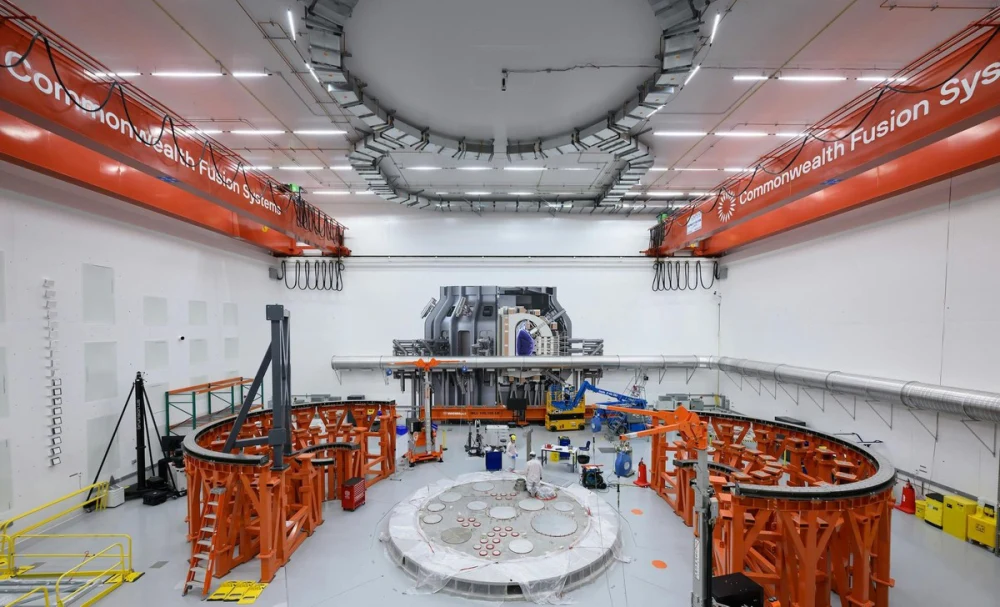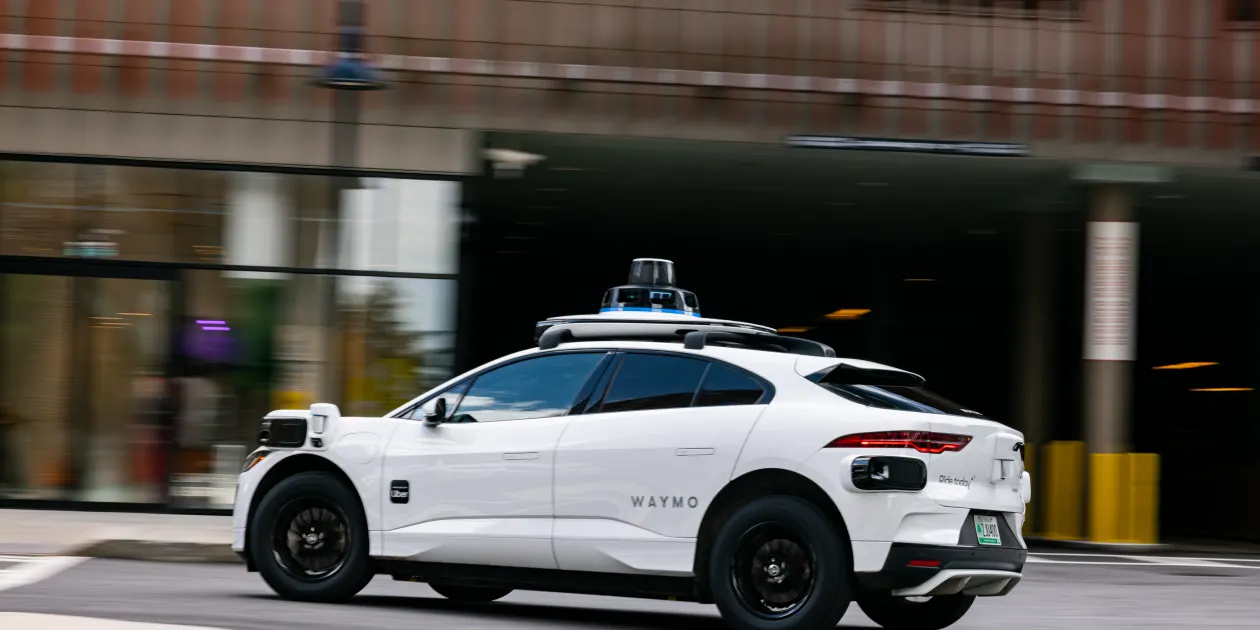Google Enters Fusion Energy Race Through Strategic Partnership With MIT Spinoff
In a major step toward commercial fusion energy, Google has announced its first official venture into nuclear fusion by partnering with MIT spinoff Commonwealth Fusion Systems (CFS), signaling Big Tech's growing role in next-generation energy.
In a bold move signaling a new frontier for clean energy and corporate innovation, Google has officially entered the nuclear fusion race. The tech giant announced a landmark partnership with Commonwealth Fusion Systems (CFS), an MIT spinoff working to commercialize fusion energy — long considered the 'holy grail' of sustainable power. This marks Google’s first direct venture into the fusion energy space and adds significant momentum to the global race for limitless, carbon-free power.
### Why Fusion, Why Now?Fusion, the process that powers the sun, has long tantalized scientists and engineers. Unlike nuclear fission, which splits atoms and produces long-lived radioactive waste, fusion combines atoms — usually hydrogen isotopes — to release enormous amounts of energy without harmful byproducts. If achieved at scale, fusion could offer nearly limitless energy with minimal environmental footprint.
But for decades, fusion has remained elusive. The key challenge lies in achieving and sustaining the extreme conditions required for fusion reactions: temperatures hotter than the core of the sun and pressure levels capable of containing and stabilizing plasma. Now, that decades-long horizon may be shifting.
Breakthroughs in magnet technology, computational modeling, and materials science are fueling a new wave of optimism — and investment. Google’s entry into this domain is being hailed as a pivotal moment. ### The Commonwealth Fusion Systems EdgeCommonwealth Fusion Systems, spun out of MIT’s Plasma Science and Fusion Center in 2018, is building a compact fusion device known as SPARC (Soonest/Smallest Private-Funded Affordable Robust Compact).
The reactor is designed to demonstrate net energy gain from a fusion reaction — a feat that, if achieved, would be a world first. What sets CFS apart is its use of high-temperature superconducting (HTS) magnets, a game-changer in magnetic confinement fusion. These magnets allow for stronger magnetic fields in a smaller footprint, dramatically increasing the likelihood of achieving sustained fusion in a commercially viable device.
Google’s role in the partnership is to provide computational muscle. The company’s AI division, DeepMind, will collaborate with CFS on optimizing plasma behavior, magnet performance, and energy containment. The project builds upon Google’s earlier open-source fusion initiative known as TFO (Temporal Fusion Optimization), which helped pioneer new approaches to plasma modeling.
### Tech Meets EnergyThe announcement reflects a broader trend: technology giants stepping into domains traditionally dominated by governments and legacy energy companies. Just as Amazon is investing in satellite broadband and Microsoft in quantum computing, Google’s leap into fusion energy represents a belief that data science, machine learning, and massive computing power can solve physical-world problems once deemed intractable. “AI isn’t just about automating tasks or writing code,” said James Finley, senior director at Google’s Sustainability Lab.
“It’s about solving planetary-scale challenges. Fusion is one of them. ”The collaboration will also help accelerate the timeline for SPARC, which CFS aims to complete by 2026.
A successful test would pave the way for ARC — a larger, grid-scale commercial reactor that could provide clean electricity to thousands of homes by the early 2030s. ### Investment and ImpactAlthough financial terms were not fully disclosed, sources familiar with the deal suggest Google is contributing both capital and in-kind support through engineering and cloud services. This positions the company not just as a partner, but a stakeholder in the future of fusion energy.
Over the last five years, fusion startups have attracted over $6 billion in private capital. Companies like Helion Energy, TAE Technologies, and First Light Fusion are each exploring different approaches — from magnetic confinement to laser-driven reactions. But CFS remains one of the most closely watched efforts due to its ties to MIT and its ambitious timelines.
With Google onboard, the stakes — and the visibility — are even higher. ### Environmental and Policy ImplicationsGoogle’s foray into fusion dovetails with its long-standing commitment to sustainability. The company has pledged to run all its data centers and campuses on 24/7 carbon-free energy by 2030 — a target that cannot be met solely through solar and wind.
Fusion, with its dense and dispatchable energy output, could fill the reliability gap left by intermittent renewables. Moreover, a commercial fusion plant could produce gigawatts of electricity without the waste issues or meltdown risks associated with traditional nuclear power. The move also sends a signal to policymakers: fusion is no longer science fiction.
It’s a legitimate part of the clean energy transition. “This partnership underscores that private industry is ready to take fusion seriously,” said Dr. Lisa Hamada, a clean energy policy advisor.
“It challenges governments to accelerate permitting frameworks, invest in grid readiness, and create market incentives for zero-carbon baseload power. ”Indeed, the U. S.
Department of Energy recently announced a $1. 4 billion initiative to support public-private partnerships in fusion, aiming to build a pilot plant by the early 2030s. Google’s entrance could add urgency — and legitimacy — to that timeline.
### Risks and SkepticismDespite the enthusiasm, many scientists caution that fusion still faces enormous technical hurdles. Achieving net energy gain is only the beginning. Scaling up, ensuring reactor durability, and managing costs remain critical challenges.
Moreover, there’s concern that overhyping fusion — especially by tech companies known for bold, futuristic claims — could lead to disillusionment if timelines slip. “Fusion has been 30 years away for 60 years,” joked one skeptical physicist. “Now it's 10 years away, but we’ve heard that before.
”CFS and Google are aware of these concerns. Both companies emphasized that their goals are grounded in scientific rigor and measurable milestones. The SPARC reactor will be subject to third-party validation and peer review.
“We’re not promising magic,” said CFS CEO Bob Mumgaard. “We’re engineering physics with the best minds in science and AI. The path is hard, but clearer than ever.
”### The Bigger PictureBeyond the technical and political dimensions, Google’s move into fusion is symbolic. It reflects a growing realization among Silicon Valley firms that their future is tied to solving hard energy problems. Data centers, AI training, cryptocurrency mining, and electric vehicle infrastructure all depend on massive amounts of electricity.
With rising energy demands and intensifying climate crises, fusion isn’t just an opportunity — it’s a necessity. The partnership with CFS also opens doors to new business models. Google could become not just a consumer of fusion energy but a co-developer, licensing software, simulation tools, and even reactor control algorithms built on its AI platforms.
### ConclusionGoogle’s alliance with Commonwealth Fusion Systems marks a new chapter in the race toward clean, unlimited energy. It merges frontier science with cutting-edge computing in a bid to solve one of humanity’s most enduring challenges. While success is far from guaranteed, the fusion of fusion and Big Tech may well light the path to a sustainable energy future.
As nations wrestle with decarbonization and tech giants look for their next transformative bets, this collaboration may prove to be more than a milestone — it could be a moonshot that finally lands.
6th July 2025



